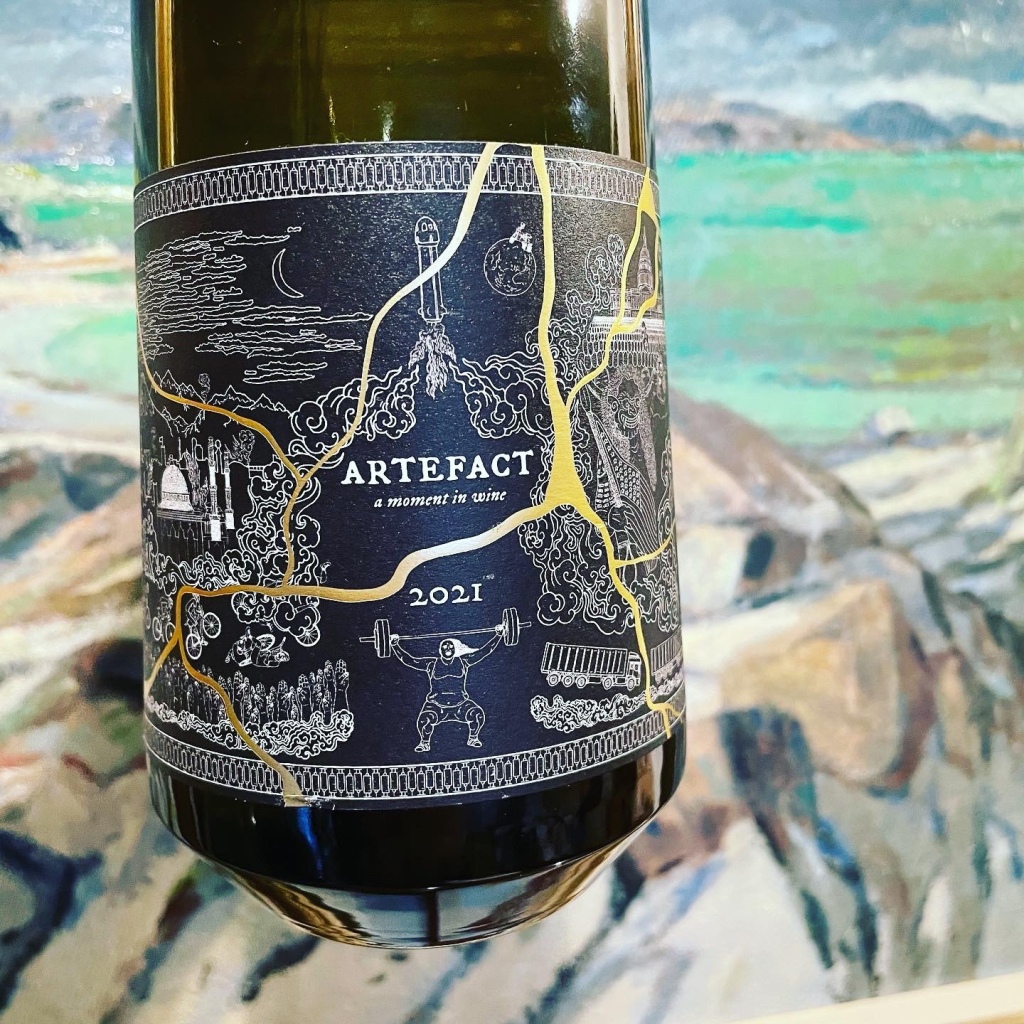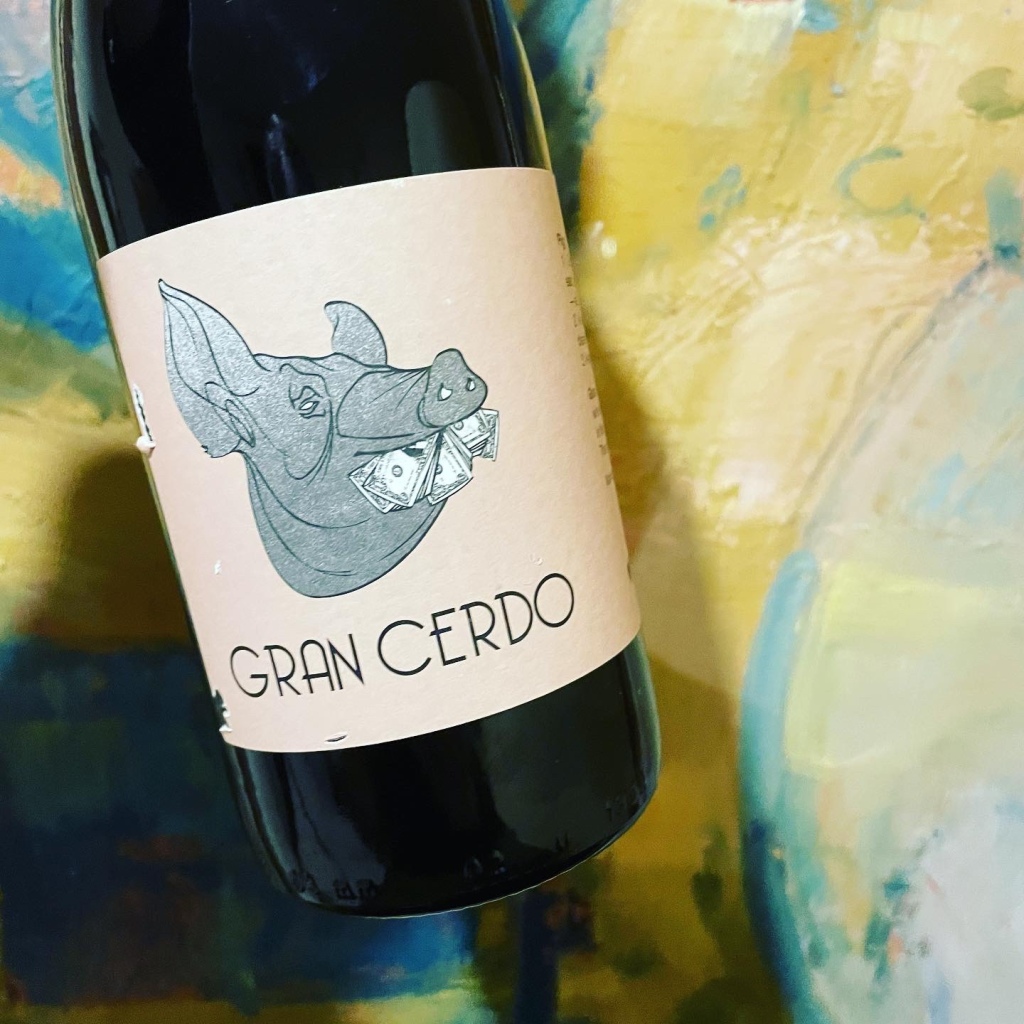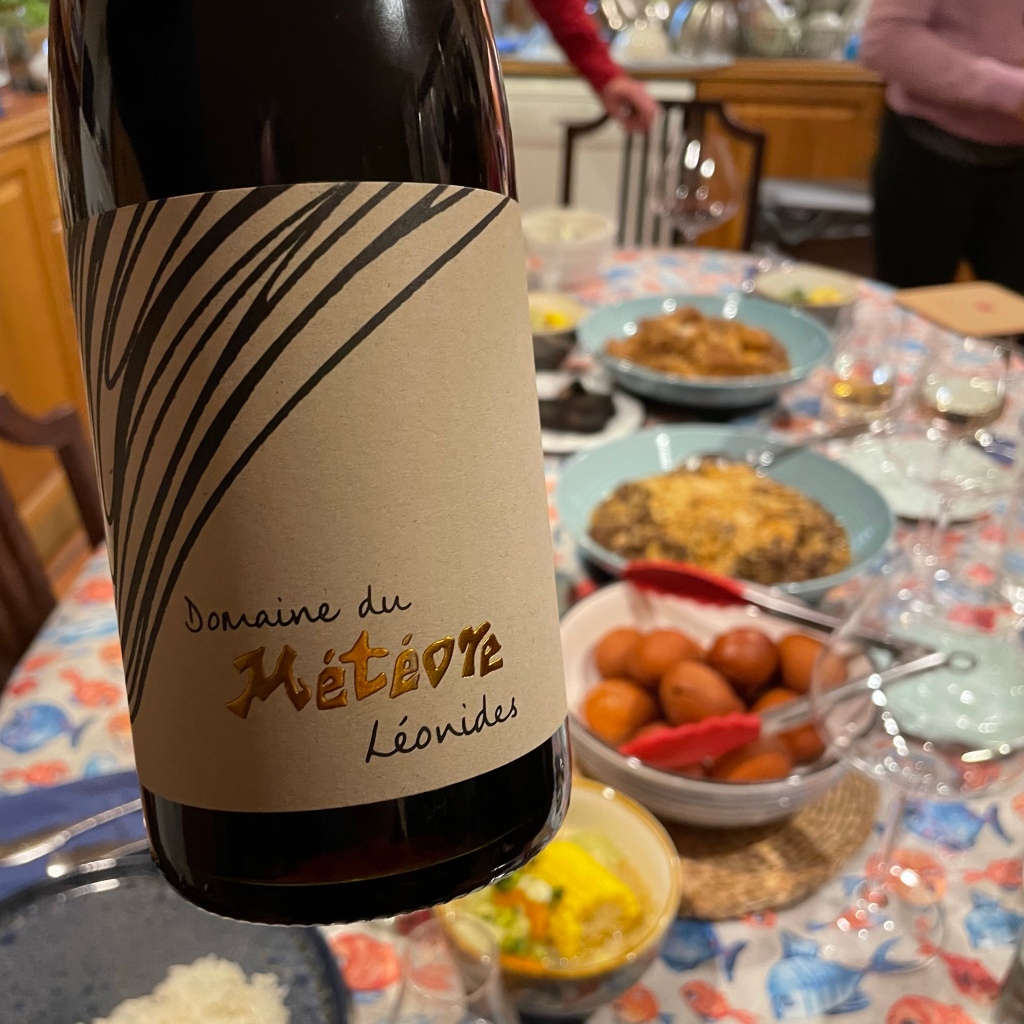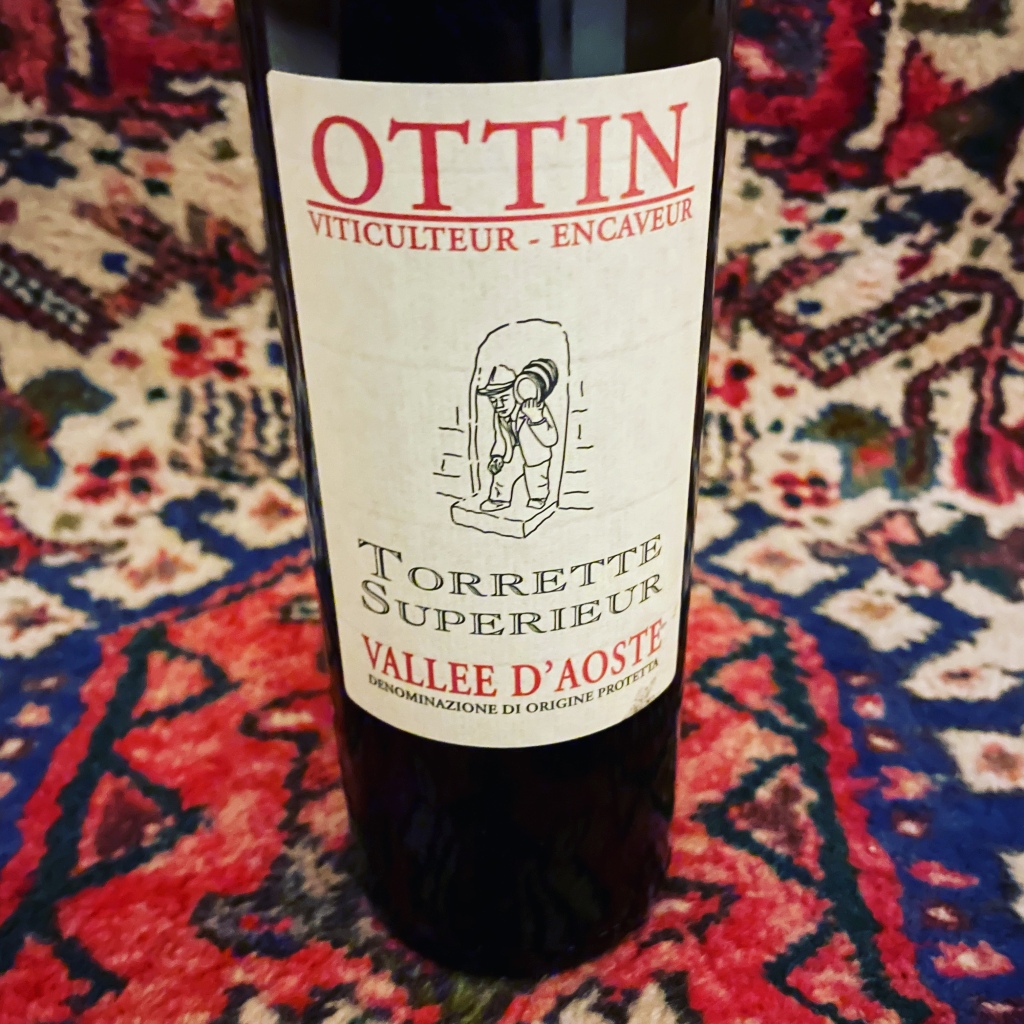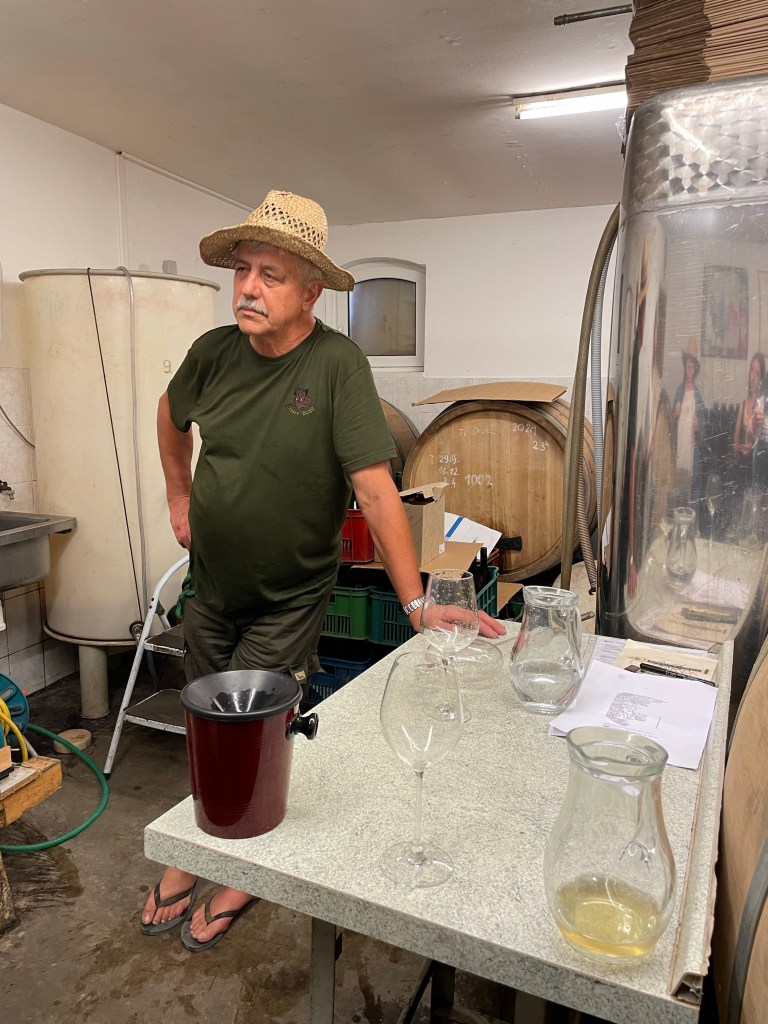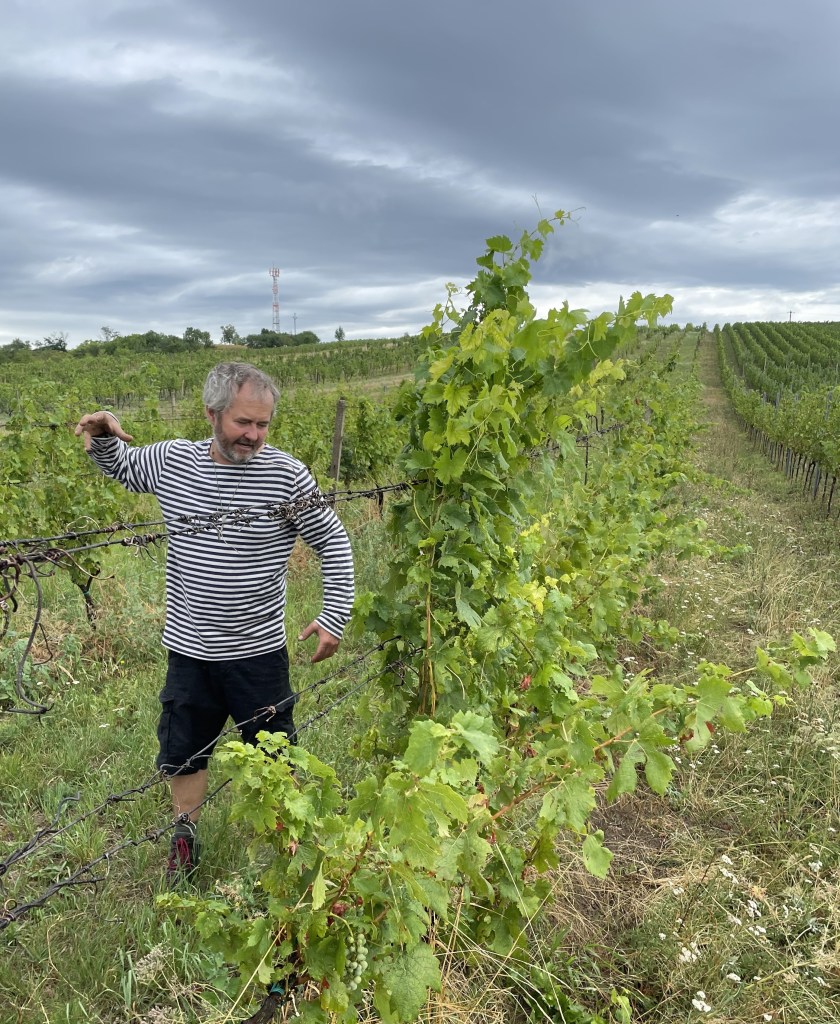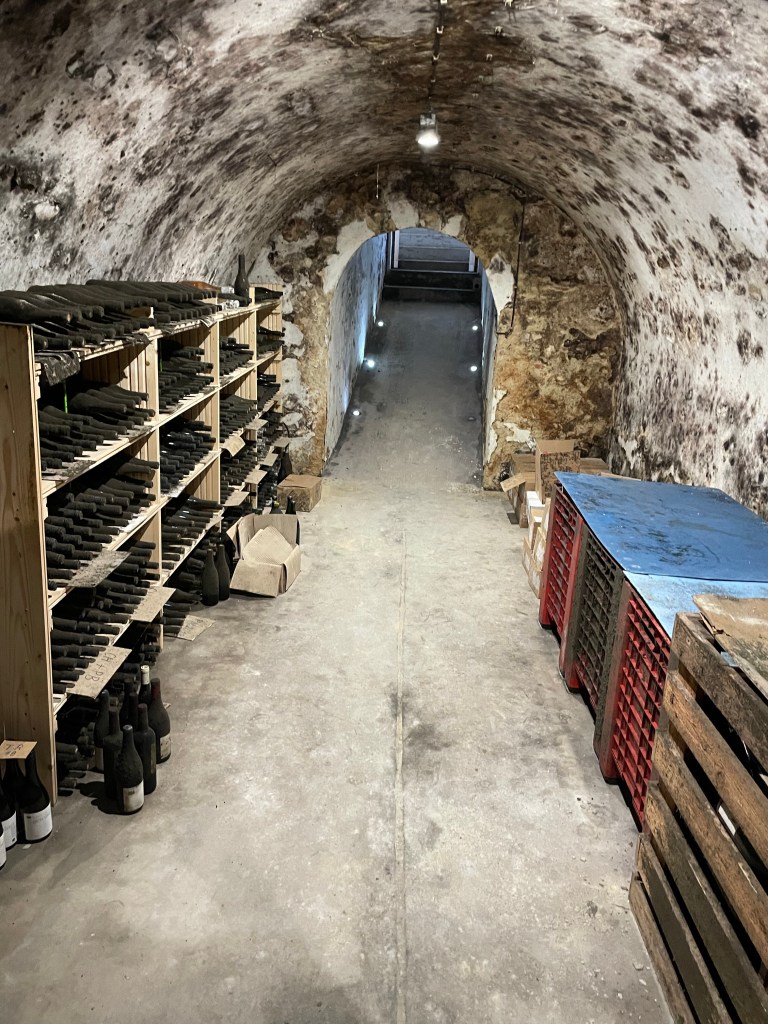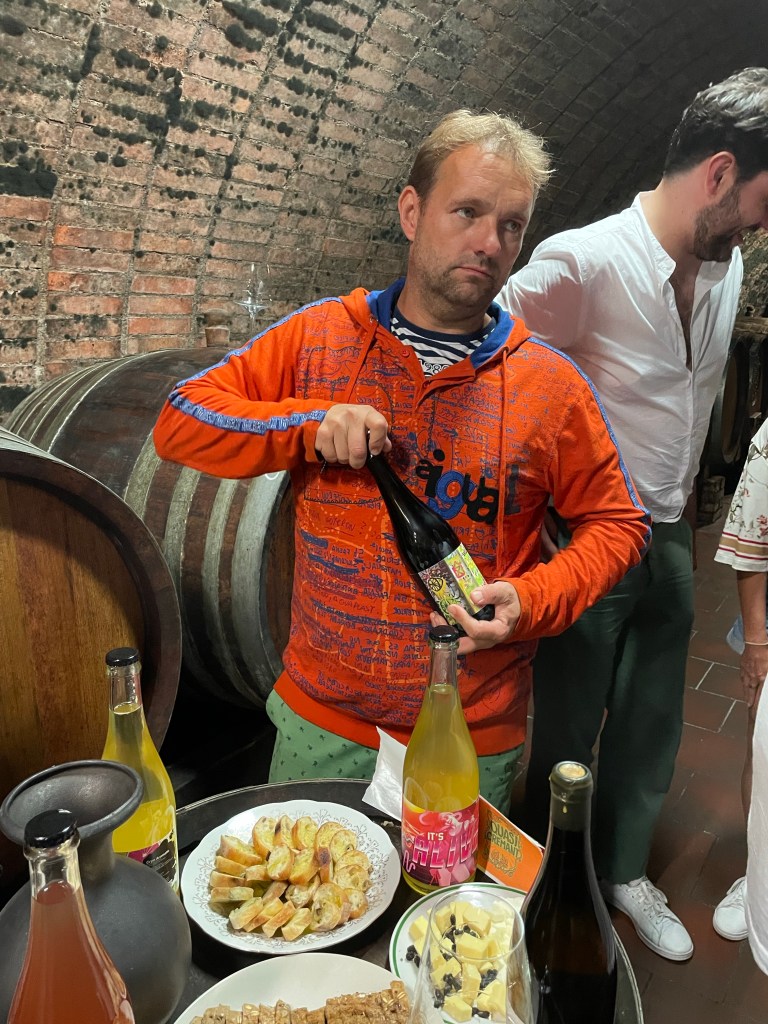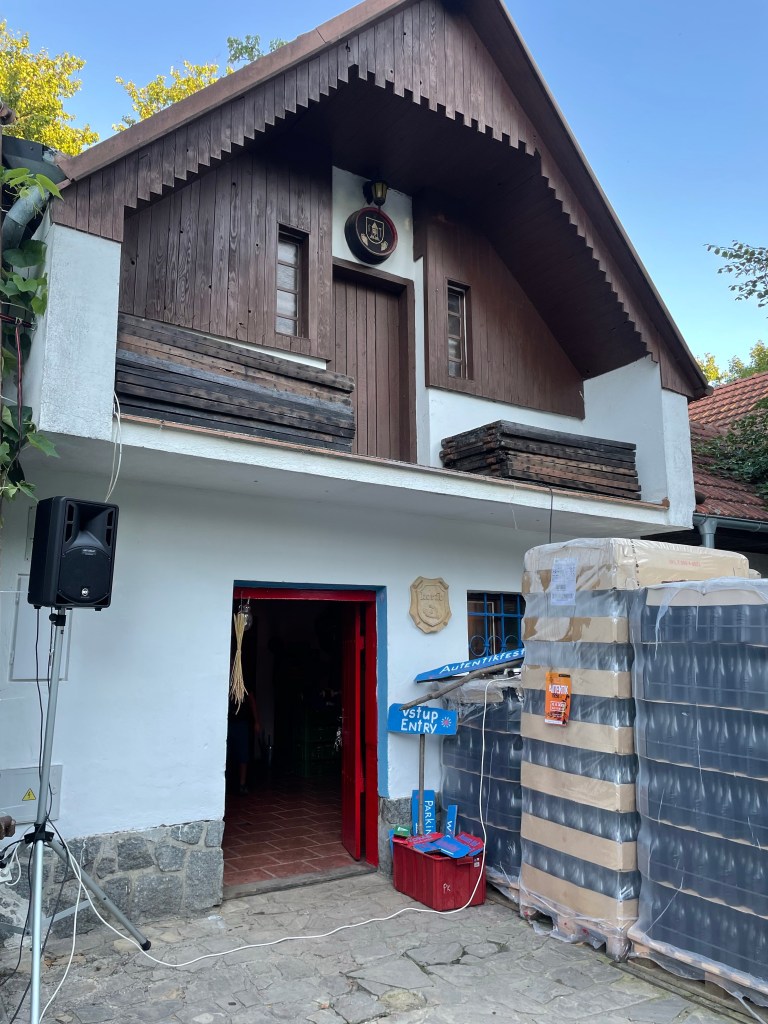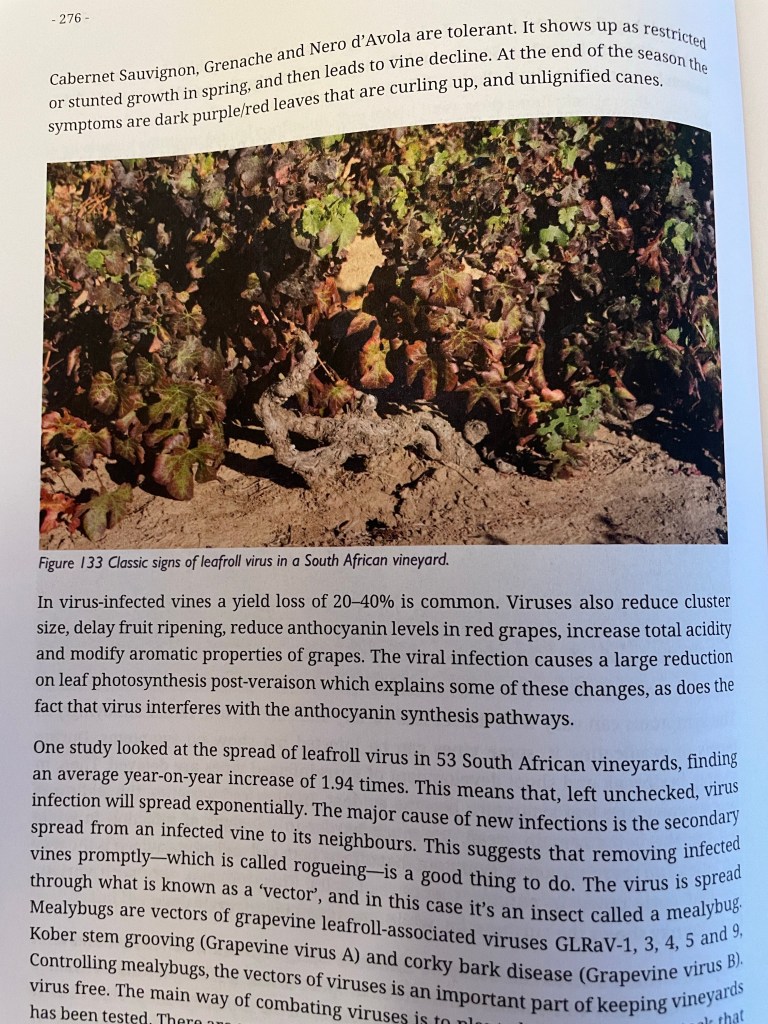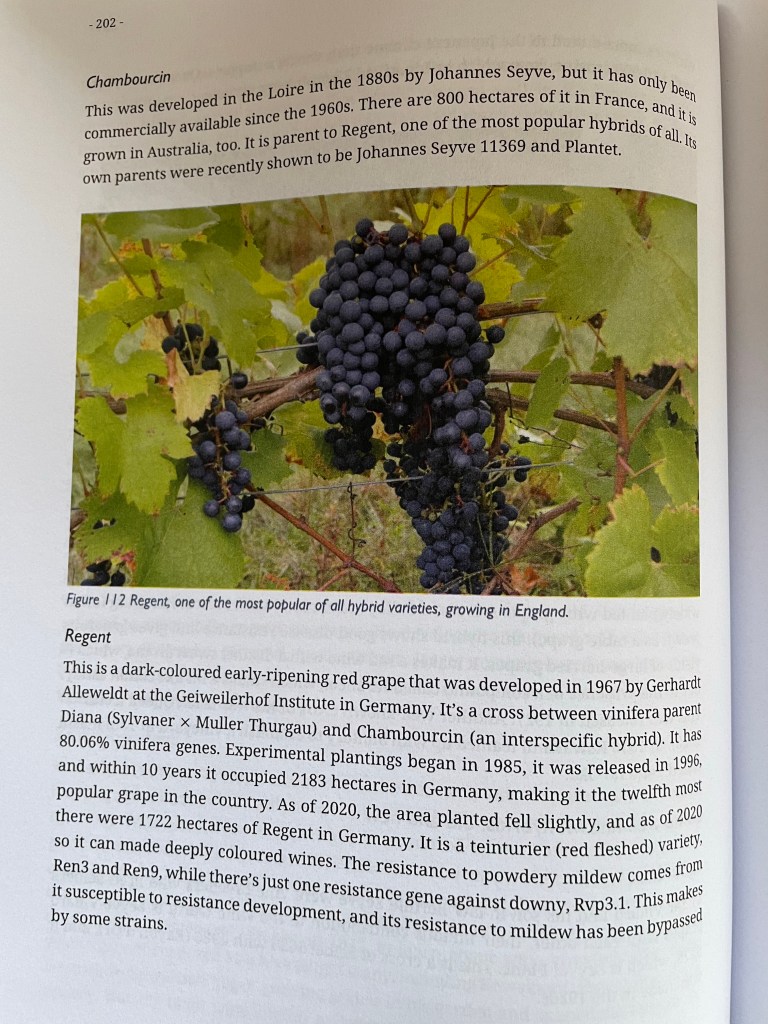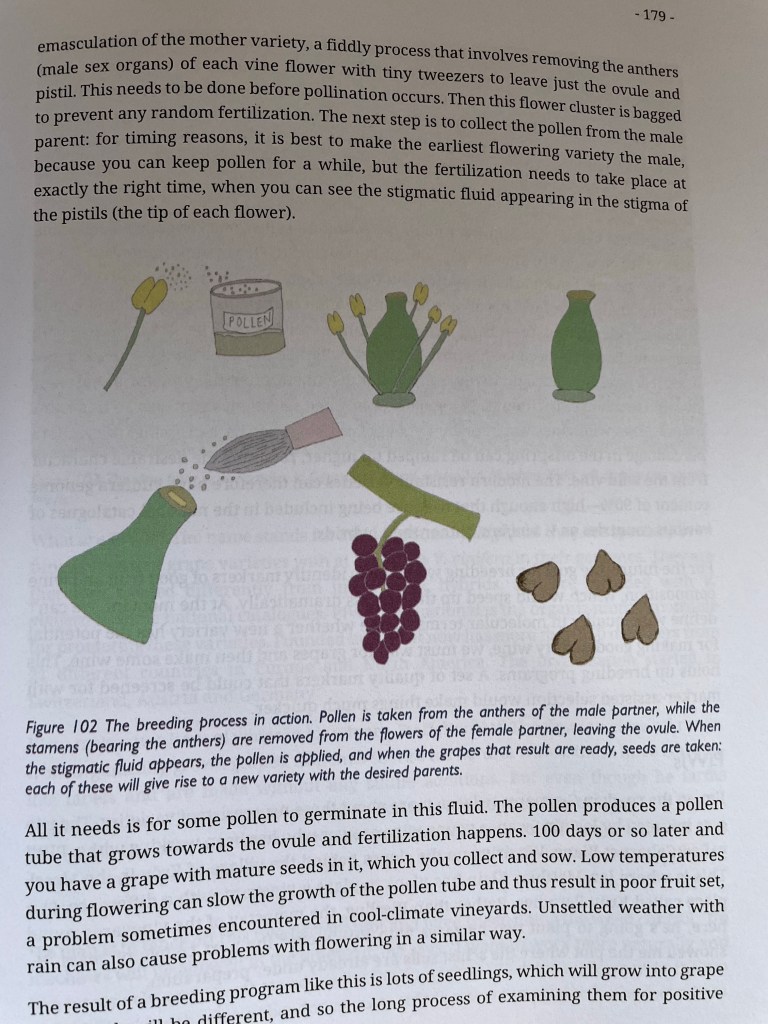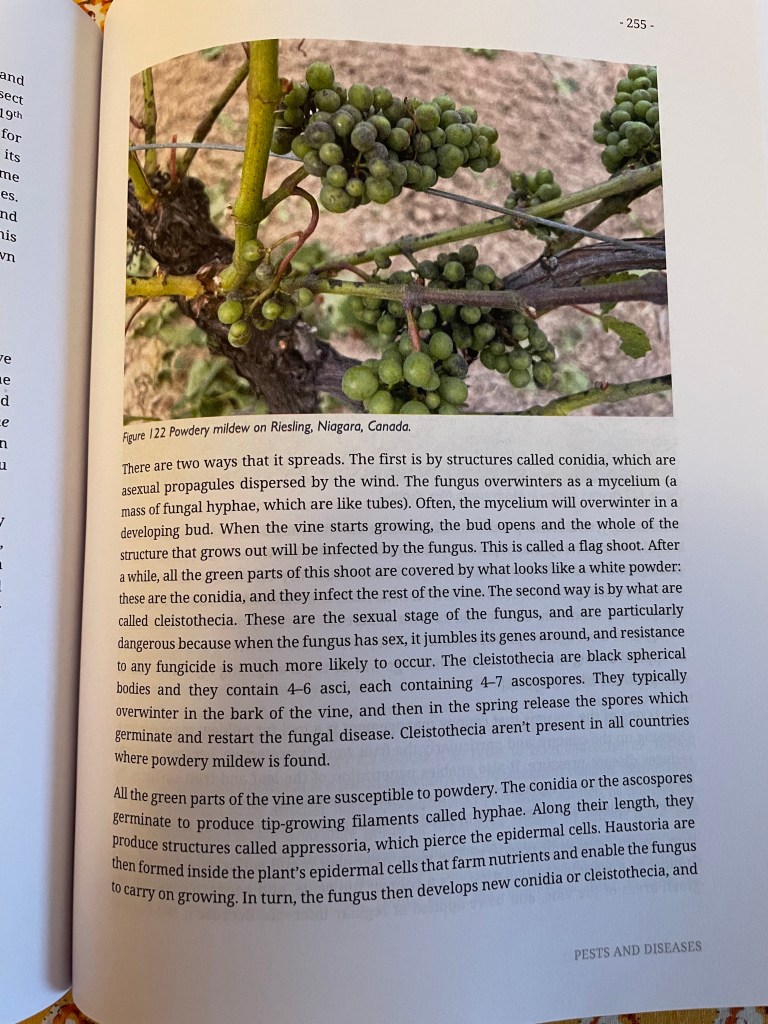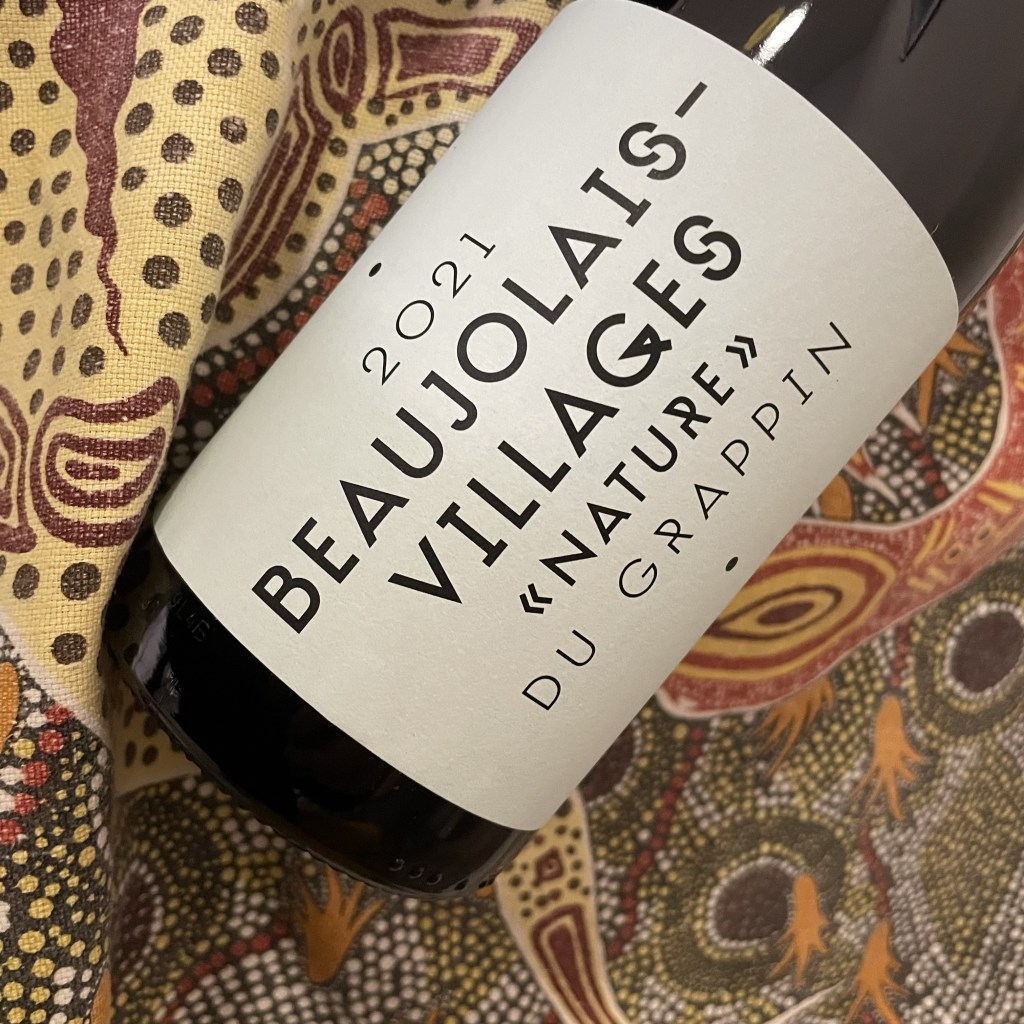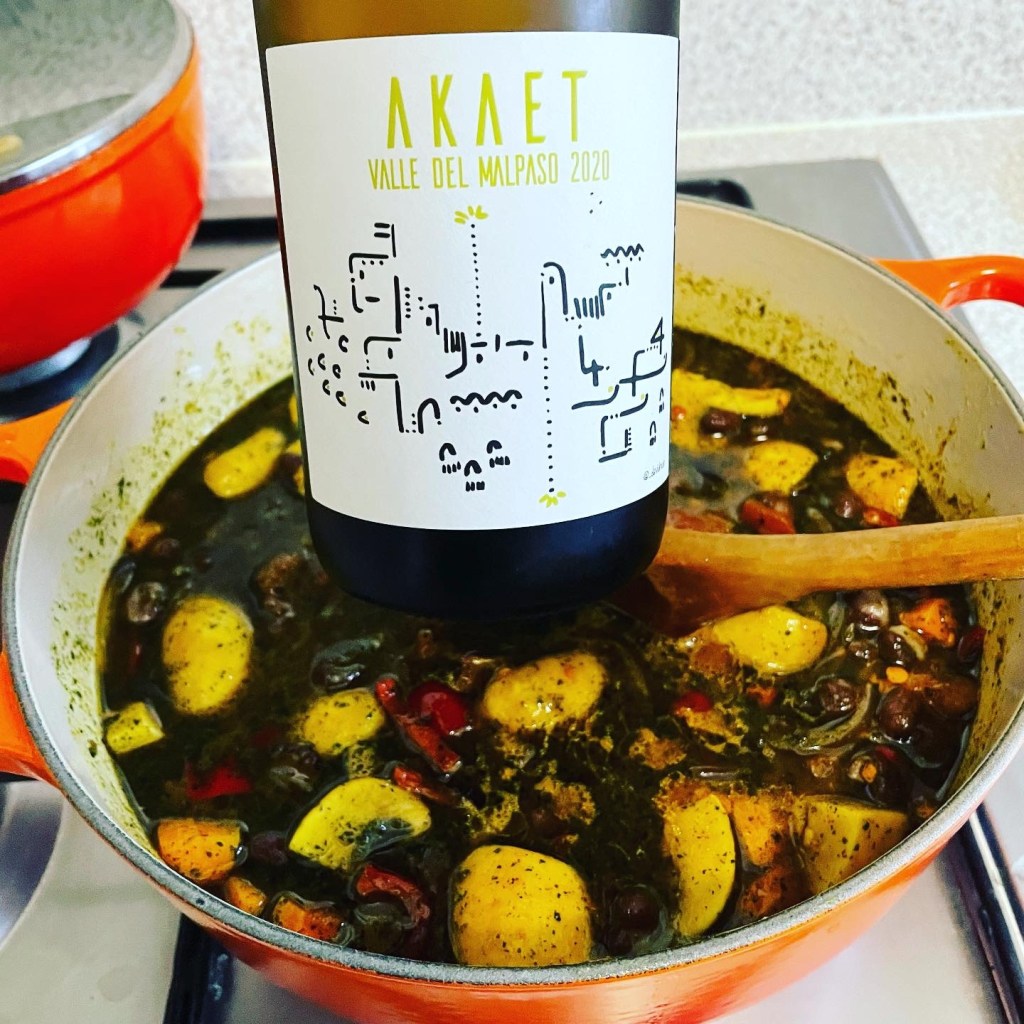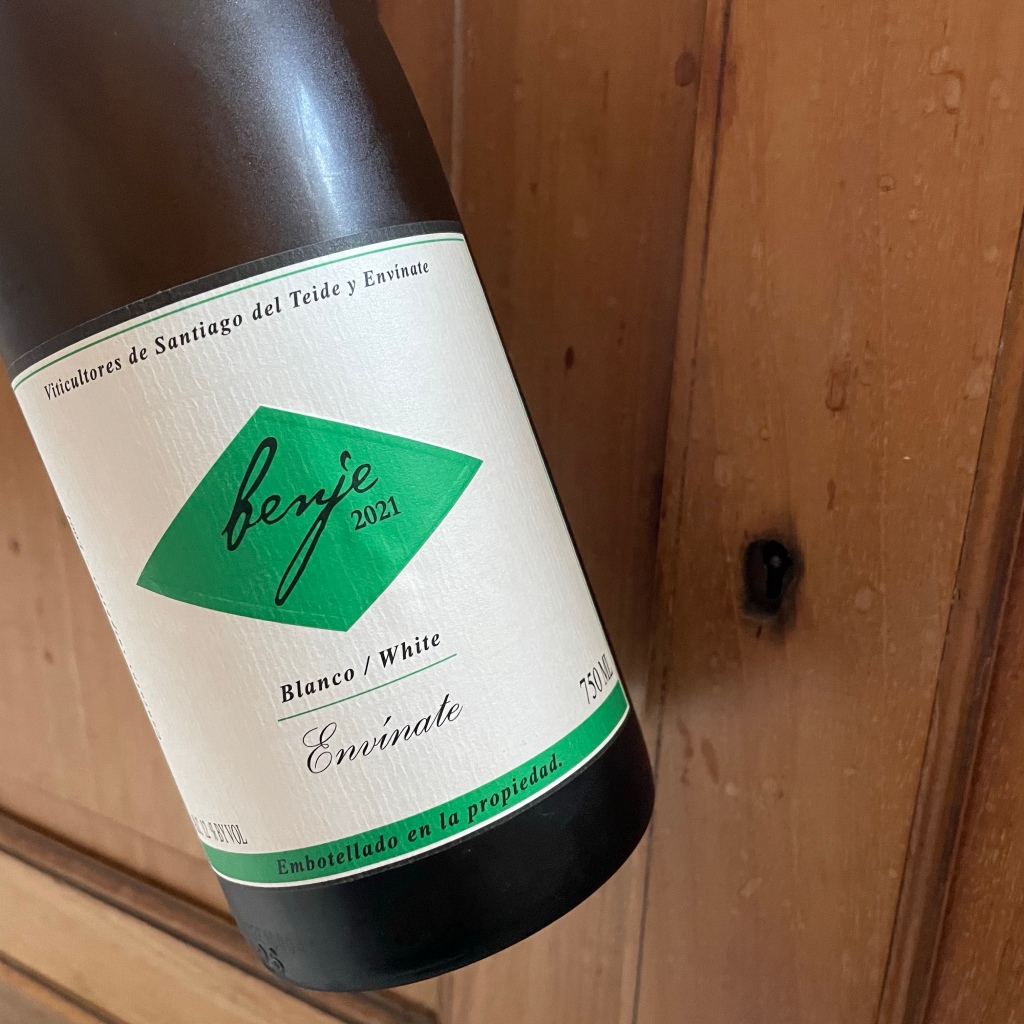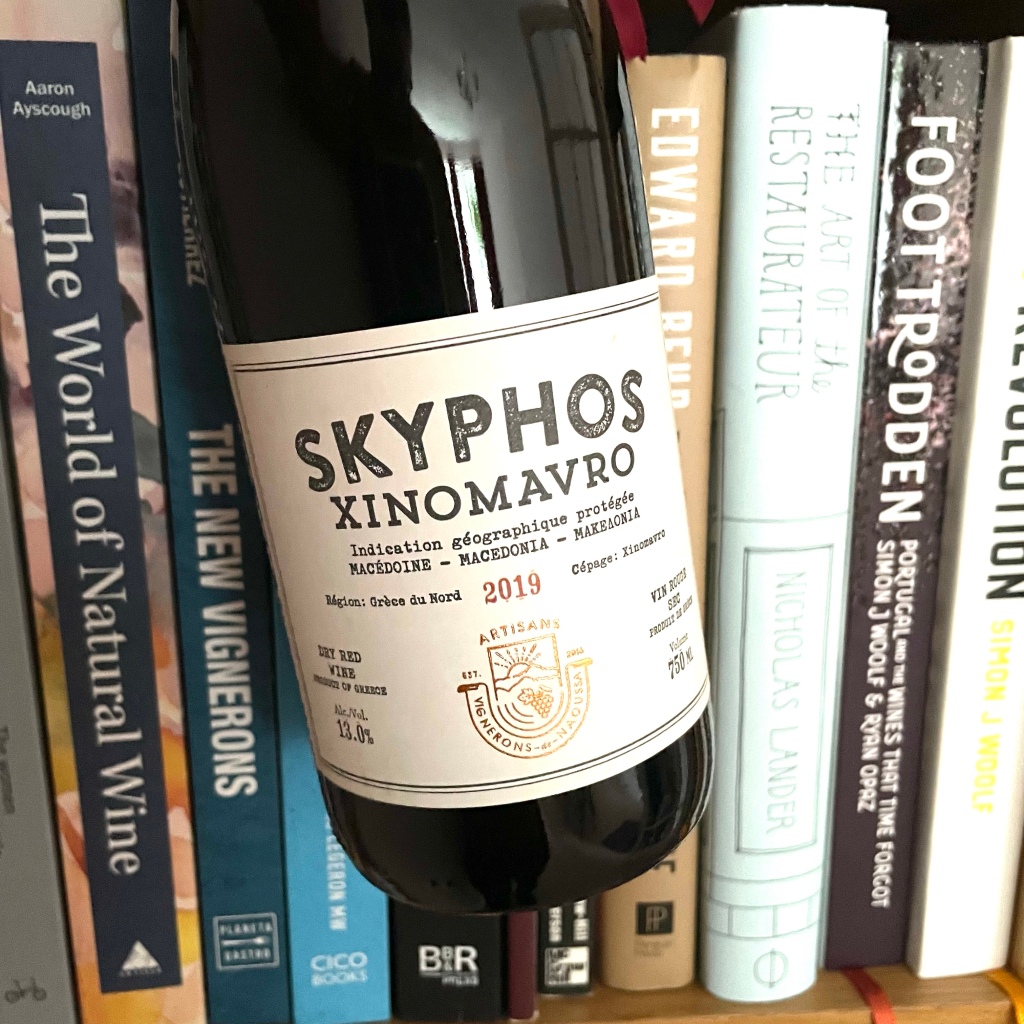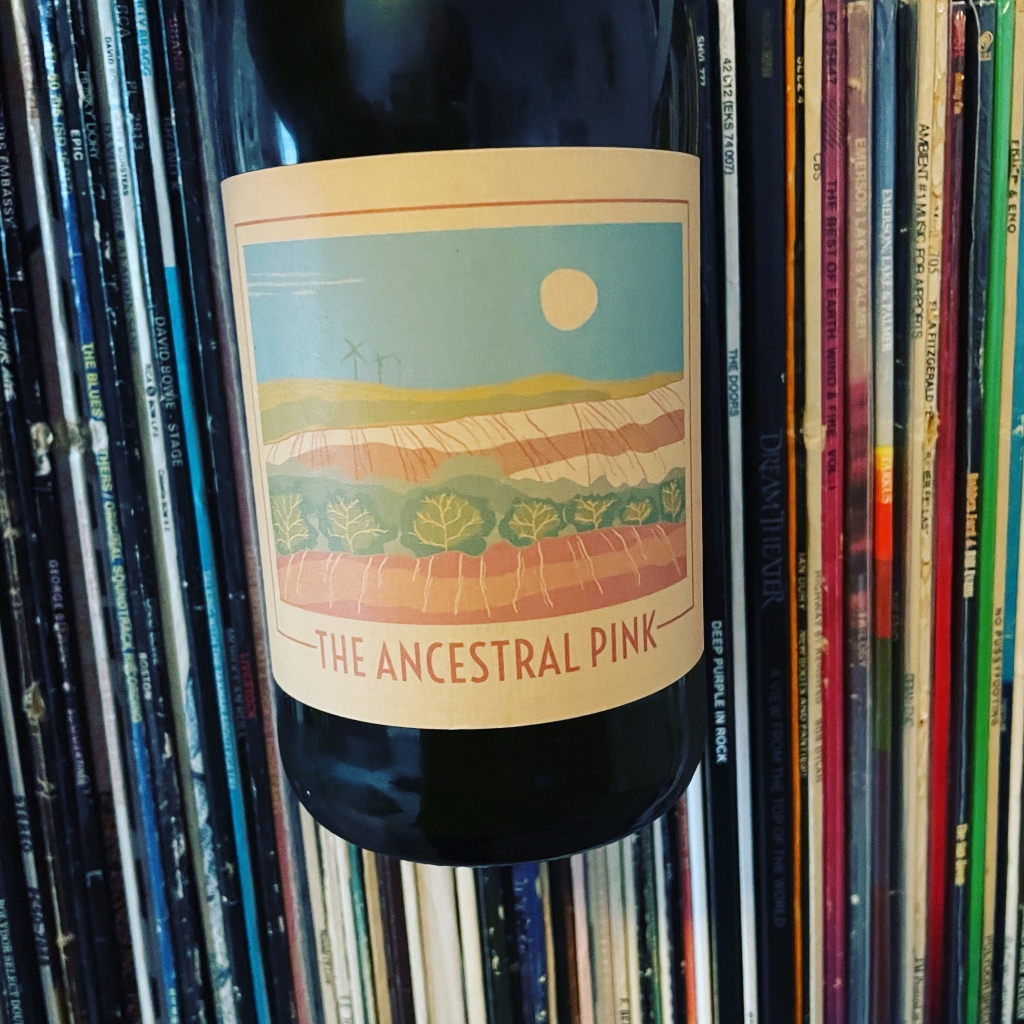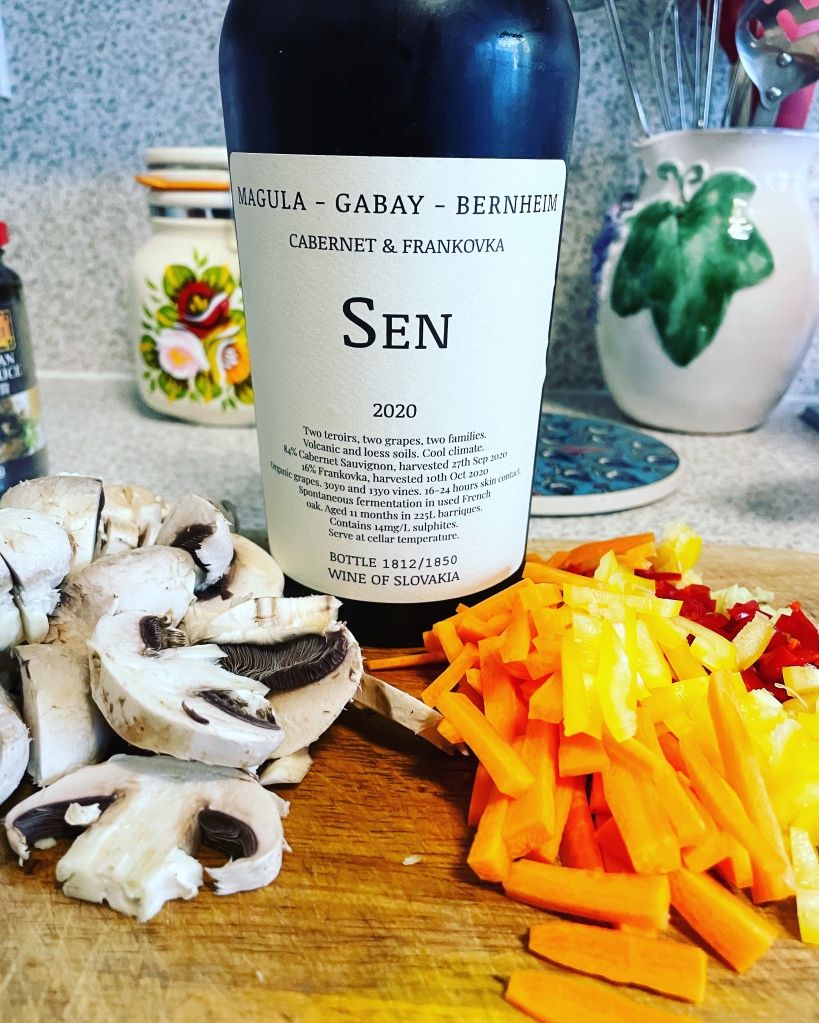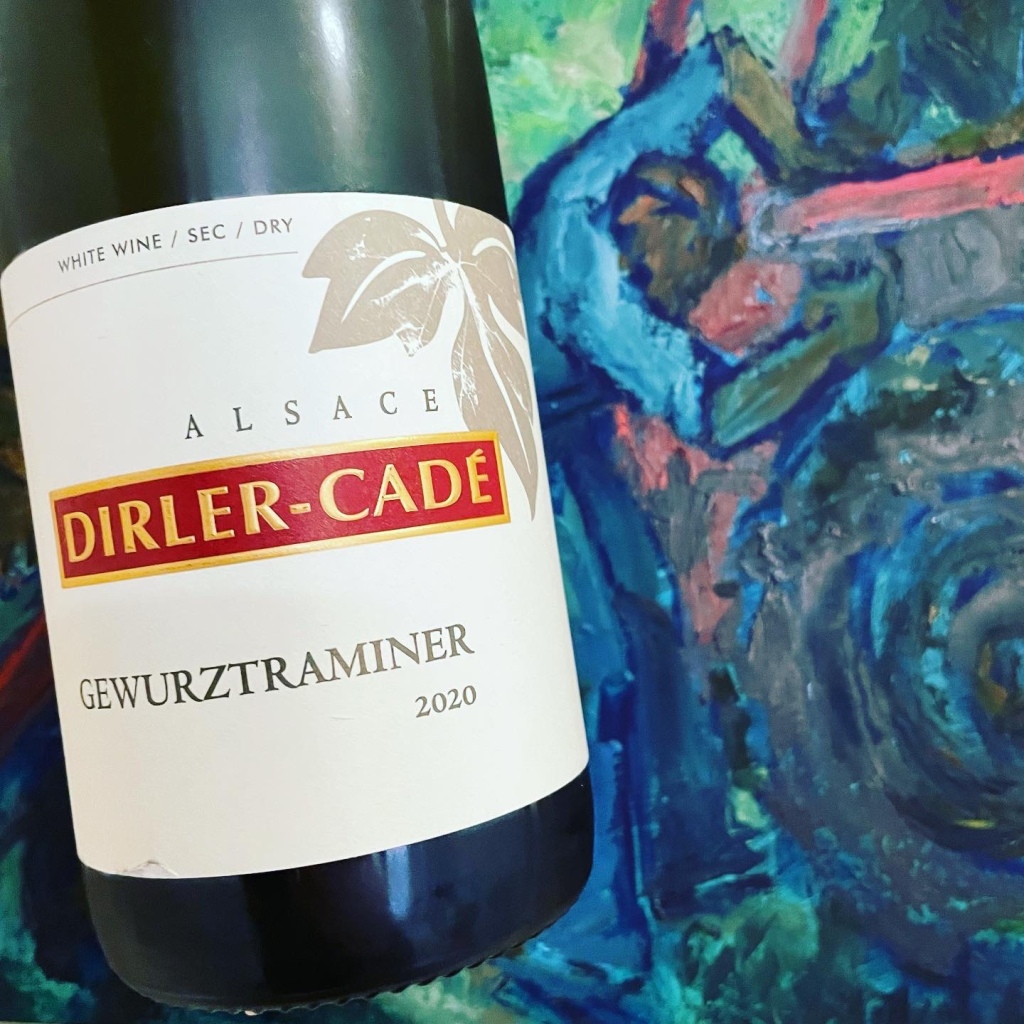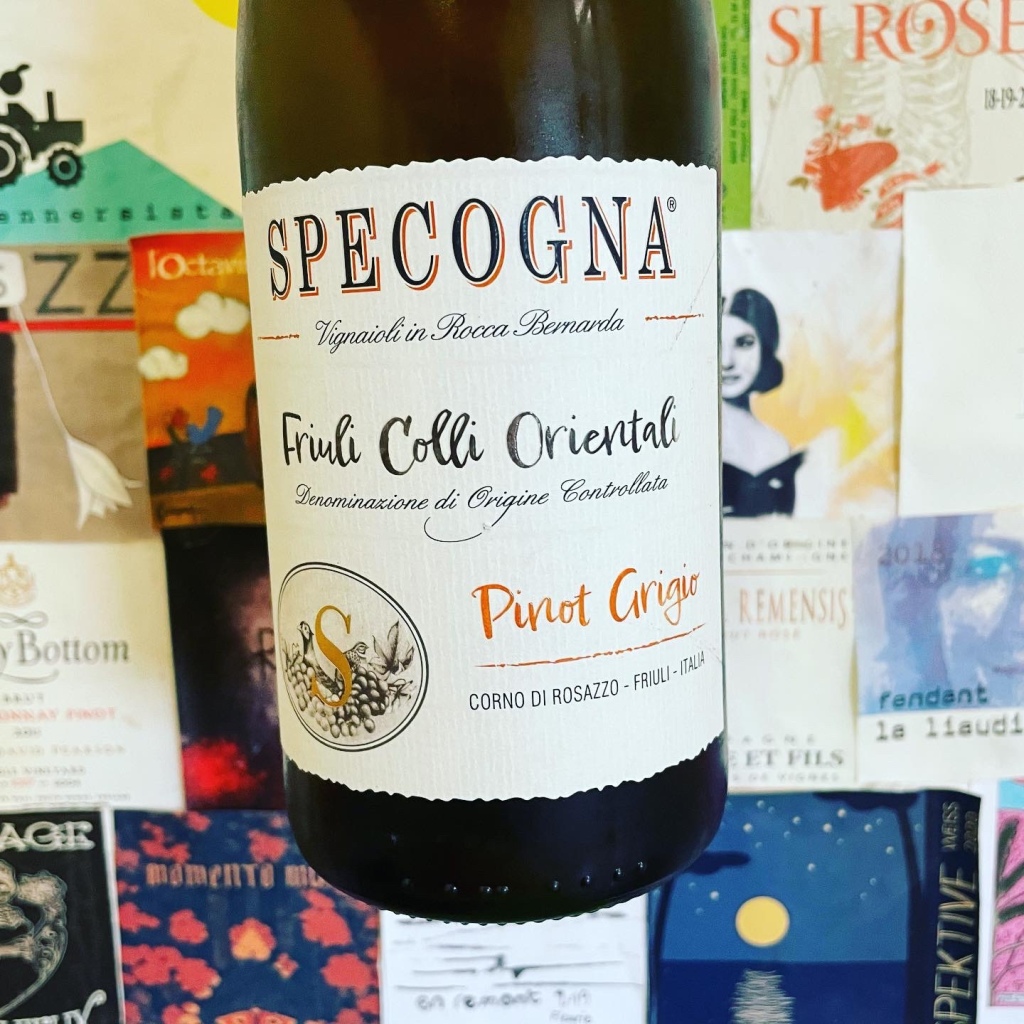November is tasting time, and my November kicked off with the Cork & Cask Winter Wine Fair, organised by one of Edinburgh’s most successful indie wine shops. The great thing about this tasting is that their suppliers tend to be small independent importers, many of whom come up from London. Most will be names you know, so it’s a chance for me to taste an unparalleled range of low-input wines I’d otherwise be tasting down in London.
Because there’s a lot to get through I shall, as last year, split this event into three parts. Part 1, here, will cover wines from Indigo Wine, Keeling Andrew and Dynamic Vines. Part 2 will cover Roland Wines, Element Wines (an Edinburgh-based small importer) and Modal Wines (whose solo tasting in Edinburgh I have also just been to). Part 3 will cover Vine Trail, some wines from Southern Spain on Cork & Cask’s own table, and some whisky from the Isle of Arran.
**Note on prices – prices quoted are retail from Cork & Cask. The same wines will be available from other retailers, possibly cheaper, but I have certainly seen some a few pounds more expensive.

INDIGO WINE
Indigo is certainly best known as an importer of Spanish Wine, and indeed it is hard to think of any Spanish specialist which could claim a better range, but they are nowadays so much more than Spain. In fact, one of their most recent additions is English superstar team Dermot and Ana Sugrue (Sugrue South Downs).
As with each of the importers profiled, I couldn’t write about every wine being poured, each merchant showing between ten-to-twelve wines, and to be honest all the wines selected were good. So, I have chosen what I thought were the best and/or most interesting. You will still have to read 2,500 words but I hope I have not been too verbose.
Gaintza Getariako Txakolina 2022, (Basque Country/Euskadi, Spain)
Txacoli is spritzy and dry, the classic Basque wine served traditionally from tumblers. It is massively thirst-quenching, but you generally need to be a fan of a bit of acidity to fully appreciate its undoubted charms. I guess in some ways it’s the wine geek’s Vinho Verde substitute, although that’s unfair to VV.
The sub-region is Getaria in the far east on Spain’s Atlantic Coast. Biscay winds cool an already often damp climate, and the vines (this is 100% Hondarrabi Zuri) are on limestone and clay at around 300 masl. Vinification is all in stainless steel. It’s not strictly a natural wine but is made with minimal intervention. It’s all fine spritz and apple freshness, a simple wine but in the very best sense, and I’m very fond of this well-selected version. Retails for just under £20.

Luis Perez « El Muelle de Olaso » Palomino Fino 2022 (Jerez, Spain)
Luis was winemaker at Domecq and an enology professor at Cádiz University. He set up a bodega with his son, Willy, just north of Jerez in 2002. Their whole modus is to explore the individual terroirs of Jerez, especially the soil sub-types. Making unfortified wine allows them, they argue (effectively) to express these soil types.
El Muelle is pure Palomino Fino, 80% of which was fermented cool in stainless steel, into which are blended 20% grapes which were sun-dried and fermented in seasoned oak. Ageing was six months on lees. The result is frankly gorgeous. Very savoury with a saline minerality, this surely expresses the complex albariza soils from which it comes perfectly. Salty freshness and good length. A very good example of the new, and much-vaunted, style of unfortified Palomino. £20

Ponce Albilla 2022 (Manchuela/La Mancha, Spain)
Juan Antonio Ponce worked with Telmo Rodriguez before studying biodynamics in France. On returning to Manchuela he has become a vocal advocate for biodynamics in the region, one which was once only known for bulk wine. Ponce Blanco is made from a rare variety, Albilla, which gives zippy wines which are saline, citrussy and herbal. The key here is very old vines, grown at altitudes around 800 masl, and a semi-whole bunch fermentation followed by six months on lees in old oak. The grapes retain acids due to the cooler nights at this altitude, unlike the sun-baked grapes on the plains. The wine therefore gains freshness and gains complexity. Very good value for £22.

Terroir Al Limit Terroir Historic 2021 (Priorat, Spain)
This wine is part of the famous project begun by Dominik Huber in collaboration with Eben Sadie. Sadie returned to South Africa but the biodynamics Huber implemented paid off big time giving grapes with a ripeness and concentration to match the heroic conditions in the vineyards.
This blend of Garnacha and Carinyena/Cariñena/Carignan comes from vineyards in all nine villages of the Priorat appellation. Altitudes vary between 350 and 700 masl, but we are still talking mountain viticulture, and soils vary from the Priorat schist we’ve all heard about to soils of limestone and clay. The grapes are a mix of organically, and biodynamically, farmed fruit for this entry level wine. After a natural fermentation with a ten-day maceration, the wine is aged in large, 5,000-litre, concrete vats.
The result is one of the best examples of a “regional” Priorat. At 13.5% abv it is well balanced and still has a freshness without any jaminess or a surfeit of concentration and alcohol (which lesser wines can exhibit). In fact, it doesn’t taste as strong as it is, not something one can always say about Priorat. The bouquet is lovely, gentle violets, the palate savoury and textured. £29

William Downie Cathedral Pinot Noir 2021 (Victoria, Australia)
I had to include at least one wine not from Spain, and although I could have written about the excellent Tetramythos Antiphon red blend from the Northern Peloponnese in Greece, I had to choose this wine from Mornington star William Downie. Around 80% of the Pinot Noir fruit comes from the Mornington Peninsula close to Melbourne, whilst the rest is from the King Valley, where altitude makes the climate almost as cool as Mornington, except perhaps with a touch less vintage variation.
The terroir is based around red clay (lots in Mornington, there’s even a Red Hill, a nice town worth a visit if you are passing through) and loam. Fruit was 100% destemmed and fermented in a mix of wooden open-top vats and stainless steel. Ageing is partly in acacia, nice to see this increasingly used in Australia. For Pinot this is in the darker spectrum, dark cherries with spice, a very elegant Pinot, but one which I’d suggest could take some ageing in bottle. £32

KEELING ANDREW
Keeling Andrew is the importer arm of the company which set up the Noble Rot group of restaurants, the eponymous magazine and the wine shops, Shrine to the Vine (yes folks, they’ve opened another on Broadway Market). The wine shop I know in Lamb’s Conduit Street truly is a shrine to all that is great, and up-and-coming, and a perusal of the shelves will reveal some rarities and obscurities guaranteed to set my wine-obsessive heart racing. Naturally such wines are unicorns which can never gain wider distribution (remember that Lanzarote wine I bought, just 800 bottles for the world to enjoy). Here we have four slightly less rare wines, but they are rather good.
Koehler-Ruprecht Kallstadter Riesling Kabinett Trocken 2021 (Pfalz, Germany)
This is a producer with experience in making dry wines before they became fashionable. Perhaps this is why this dry Kabinett doesn’t display any of the bad habits many lovers of the traditional Kabinett style would often accuse the trocken version of. Releasing these wines under the pradikät with “trocken” on the label led to their leaving the VDP after being members for eighty years (the two cannot appear together). This is a natural wine too.
It’s also rather good. Most of the grapes come off the limestone-rich Saumagen site. It has acidity, I’m assuming you like acidity, but it also has more body than a traditional Kabinett, and this carries the 11% alcohol. It just lacks the richness of a Spätlese Trocken, but is still a versatile wine for aperitif or food. I like this a lot. Apparently so does Frank Cornelissen. £20

Combel La Serre « Le Pur Fruit du Causse » 2021 (Cahors, France)
Julien and Sophie Ilbert make this tasty Malbec in the Cahors region in Southwest France. The grapes come from altitude up on the Causses and the wine is intended to be a fresher rendition of the local variety, Malbec, one to drink rather than keep. A bright, deep, cherry colour in the glass, the scent is darker with bramble fruit on nose and palate. It’s a little grippy but is only 12.5% abv. I’ve seen suggestions you can chill it in warmer weather, but it’s simply a really good wine for any occasion. £22

Trediberri Barbera d’Alba 2022 (Piemonte, Italy)
Federico and Nicola Oberto founded Trediberri in 2007, based in La Morra, Federico having previously worked with Renato Ratti. They have vines on the hill at Rocche del Annunziata, plus 5ha at Berri. They ferment and age their Barolos with a nod to tradition, long and slow. Their Barbera is in the same mould.
Blueberry fruit and bright acids balance the body of a wine which comes in at 14.5%. There is a tendency for Barbera to be a little too alcoholic, but this is a wine I’ve bought before and like. The alcohol is there, and this is no light red, but it always seems pretty well balanced. Barbera is such an under rated grape variety as well. If this isn’t the cheapest example, I still think at £23 it’s pretty good value and it will accompany many rich winter dishes. My guess is that it will improve over a couple of years as well.

Suertès del Marques 7 Fuentes 2020 (Canary Is, Spain)
From the producer which more than any other made Tenerife a source of wonderful wines, blending tradition with a modern outlook. This is what Jonatan Garcia would call their “village” wine, usually containing fruit from all or most of their sites in the Orotava Valley, in the north of the island.
The composition is 95% Listàn Negro with 5% Tintilla, all off volcanic terroir, with a massive range of vine ages, between very young and over 100 years old. Fermentation is in a range of vessels, including concrete, older oak and plastic. This is simply a wine that relies on its purity of fruit, which it has in abundance. Suertès makes some world class wines but this is a pretty good entry point for just £23.

DYNAMIC VINES
Dynamic Vines has a warehouse in Bermondsey, a short trek from London Bridge Station. They have simply one of the three or four finest lists of biodynamic and natural wines in the UK, with a host of famous names and hard to source wines. Some of the best London tastings I’ve been to have been at their premises.
Matthieu Cosse Blaye Côtes de Bordeaux Blanc 2020 and Fronsac 2020 (Bordeaux, France)
Many readers will know Matthieu Cosse from his very well-regarded Cahors operation, Domaine Cosse-Maisonneuve, which Dynamic Vines have been representing for many years. I had caught wind of the project Matthieu was planning in Bordeaux, in collaboration with his friend Jérôme Ossard and here we have their first vintage. The wines come from special grape selections, and they are made in the Bordeaux region by a dedicated team, not back in Cahors.
The Blaye white is from a 7.5-ha single vineyard, and blends Sauvignon Blanc with Muscadelle. It’s a natural wine, of course, and it’s a real cracker. It has lots of fruit and the varieties complement each other, with acidity balancing a certain weight. The alcohol, at 12.5% abv, is just perfect. Very fresh now, and impressive, but it will age a year or two if you want. £23
The Fronsac is a blend of Merlot, Cabernet Franc, Malbec and Cabernet Sauvignon. The Cabernet Franc does seem to bring a lot of freshness, but along with the baby tannins I’d say this is an exemplary wine, but one which should preferably rest in bottle six to twelve months longer. It costs £29.
There is also a red Blaye at £23 which was not shown. I understand that Dynamic Vines took the whole production of these three.


Domaine Giachino Apremont 2021 and “Giac’ Potes” Mondeuse/Gamay 2022 (Savoie, France)
This is a domaine I’ve been buying for very many years, first in France, though it was Paris rather than Savoie where I first came across this producer. They are located in the Chartreuse Hills, with vines on the slopes of the famous limestone massif of Mont Granier. Viticulture is organic and increasingly very low intervention.
The variety in this Apremont is Jacquère, often seen as the basic grape of the region, but a good Jacquère can match any Savoie white variety in the right hands. Grapes undergo a gentle pneumatic press and the juice is clarified using temperature control, which helps avoid adding very much sulphur. The wine is lees-aged which adds texture and indeed personality. Malolactic either happens or doesn’t depending on vintage. The result has much more depth than your average Apremont, unsurprisingly from the domaine selected to take over the famous Prieuré St Christophe after Michel Grissard retired. £24
Giac Potes is of course a play on the domaine name and Blackjack, a card game popular in France but better known in the UK as Pontoon, and in the US as 21. This is based on Mondeuse, the classic black grape variety of Savoie. However, in the 2017 vintage they were short of Mondeuse and added some Gamay, and as it proved successful, they have continued to do so. The colour is deep cherry and the bouquet echoes that, with a hint of bonfire smoke and a richness somewhere between dark fruit and fruitcake. It’s a savoury wine which Dynamic counsel drink or keep. I’d say it is quite grippy and might be even better in a year. £32.
Clément Giachino’s « Prieuré St Christophe » is also available from Dynamic Vines for £54-£62.


Olivier Rivière “Rayos Uva” Rioja 2021 (Rioja, Spain)
Olivier is French, from the Cognac Region. He studied oenology at Bordeaux, becoming a proponent and practitioner of biodynamics and he originally intended to make wine in Southwest France. An opportunity to convert a vineyard to organics for Telmo Rodriguez led him to Spain, where he set up his own operation in Rioja in 2006. He has now grown his holding to 25ha, including vines in neighbouring regions, but he tends to stick to traditional varieties off what are very complex soil types. In terms of classifying his own wines, he follows a more Burgundian model of “generic, village, cru” rather than Rioja’s “Crianza, Reserva, Gran Reserva”.
Rayos Uva is a Tempranillo/Graciano blend off a sandstone/clay/limestone terroir. Fermentation and ageing are in large oak vats and the wine is savoury with soft but evident tannins. It is effectively a wine to drink rather than age, but it doesn’t lack substance. Definitely a very good introduction to a serious winemaker. £24




Jamie, India and team put on an amazing event, as usual. Although my article may highlight the importers, if you come to Edinburgh you really should say hi to these folks. Such a good wine shop, and I paid them good money for the privilege of writing that.






